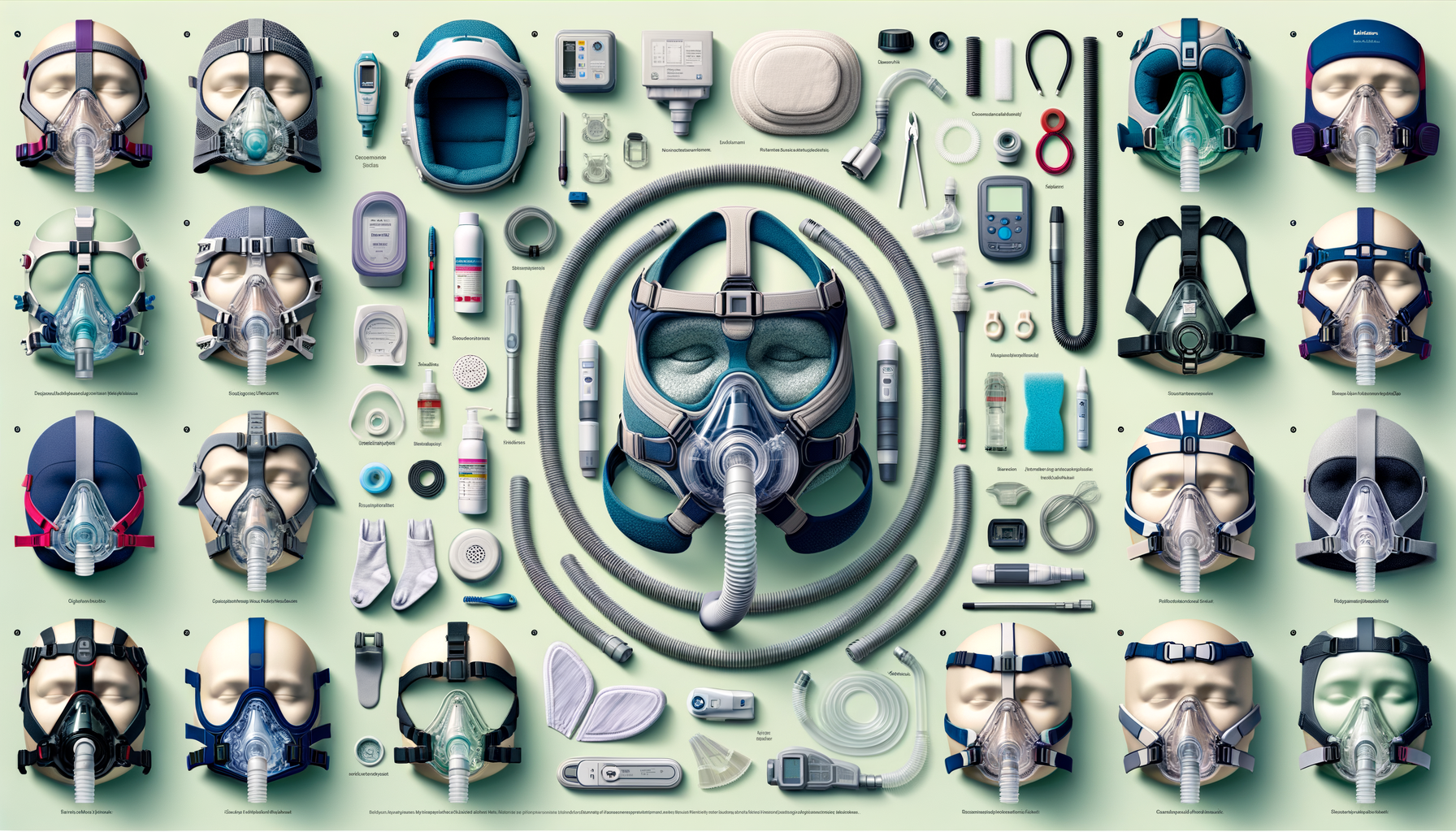What to Know About CPAP Masks For Elderly Patients
Navigating the journey of restful sleep can present unique considerations as individuals age. Are certain features more relevant when selecting a device to assist with breathing during the night? Understanding the different styles and their potential benefits for older adults is often a point of inquiry.

Understanding Common CPAP Mask Types
Continuous Positive Airway Pressure (CPAP) therapy is a cornerstone treatment for obstructive sleep apnea, a condition that affects many, including the elderly. Understanding the various CPAP mask types is crucial in selecting the right one, especially for older adults who may have unique needs. CPAP masks are generally categorized into three primary types: nasal, nasal pillow, and full-face masks.
Nasal masks cover the nose from the bridge to the upper lip. They are often preferred for their stability and are suitable for individuals who breathe through their nose. They can be beneficial for elderly patients who require a more secure fit due to less active sleep movements. Nasal pillow masks, on the other hand, are minimalistic and rest at the entrance of the nostrils. These masks are lightweight and offer a sense of openness, which might be appreciated by older users who feel claustrophobic with larger masks. Lastly, full-face masks cover both the nose and mouth. They are ideal for individuals who breathe through their mouth during sleep or have nasal obstructions. Elderly patients with dentures or those experiencing dry mouth might find full-face masks more accommodating.
Choosing the right mask type involves considering personal comfort, breathing habits, and any physical limitations. Each type offers distinct advantages, and understanding these can help in making an informed decision that enhances the effectiveness of CPAP therapy for elderly patients.
Key Considerations for Comfort and Fit
Comfort and fit are paramount when selecting a CPAP mask, especially for older adults who may have sensitive skin or mobility issues. A well-fitting mask not only enhances comfort but also ensures the efficacy of the therapy by preventing air leaks.
When considering comfort, look for masks with soft cushioning. Cushions made from materials like silicone or gel can provide a gentle seal without causing irritation. Additionally, adjustable headgear can be crucial for achieving a snug fit without excessive pressure points. For elderly patients, ease of use is another important factor. Masks that are easy to put on and take off can be particularly beneficial for those with limited dexterity.
Another consideration is the mask’s weight and bulk. Lightweight masks are generally more comfortable and less intrusive, which can help older adults adjust to wearing them throughout the night. The mask should also be compatible with any existing medical equipment, such as oxygen therapy, that the patient might be using.
Ultimately, the ideal mask should accommodate the individual’s lifestyle and preferences. Trying different styles and sizes can help in finding a mask that provides both comfort and a secure fit, making the therapy more tolerable and effective for elderly users.
Tips for Maintenance and Troubleshooting
Proper maintenance of CPAP equipment is essential to ensure its longevity and performance. This is particularly true for elderly patients who may rely heavily on their CPAP devices for a good night’s sleep.
Regular cleaning of the mask, tubing, and humidifier chamber is crucial. Using mild soap and warm water can effectively remove oils and bacteria that accumulate over time. Ensure all components are thoroughly dried to prevent mold and bacteria growth. It’s recommended to clean the mask daily and the tubing and humidifier weekly.
Replacing parts regularly is also important. Masks and cushions should be replaced every three to six months, while tubing should be replaced every six to twelve months. Regular replacements help maintain a proper seal and prevent wear and tear that can lead to leaks.
Troubleshooting common issues, such as air leaks or discomfort, can often be resolved by adjusting the mask fit or headgear. If leaks persist, consider trying a different mask size or style. For discomfort, check if the headgear is too tight or if the cushion needs replacement. If issues continue, consulting with a healthcare provider or a sleep specialist can provide additional guidance.
By following these maintenance tips and addressing issues promptly, elderly patients can maximize the benefits of their CPAP therapy, ensuring restful and restorative sleep.